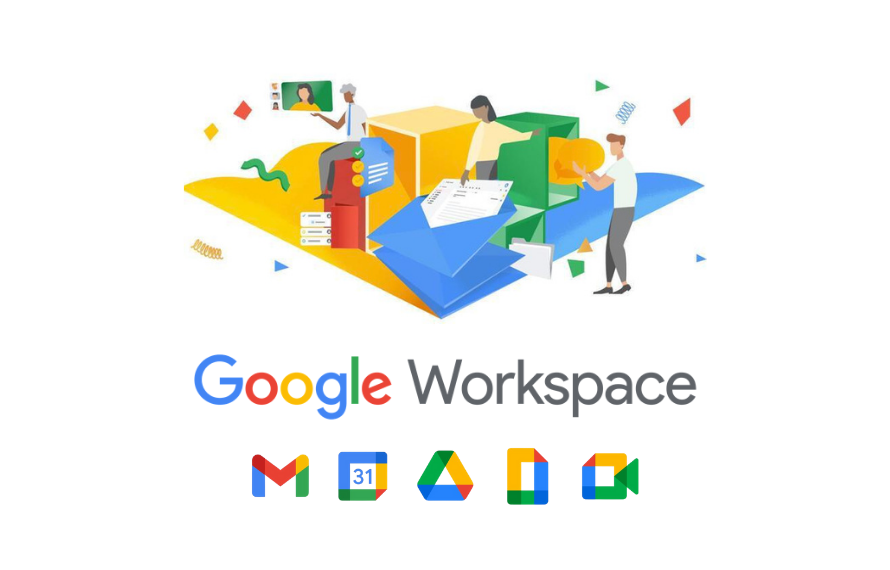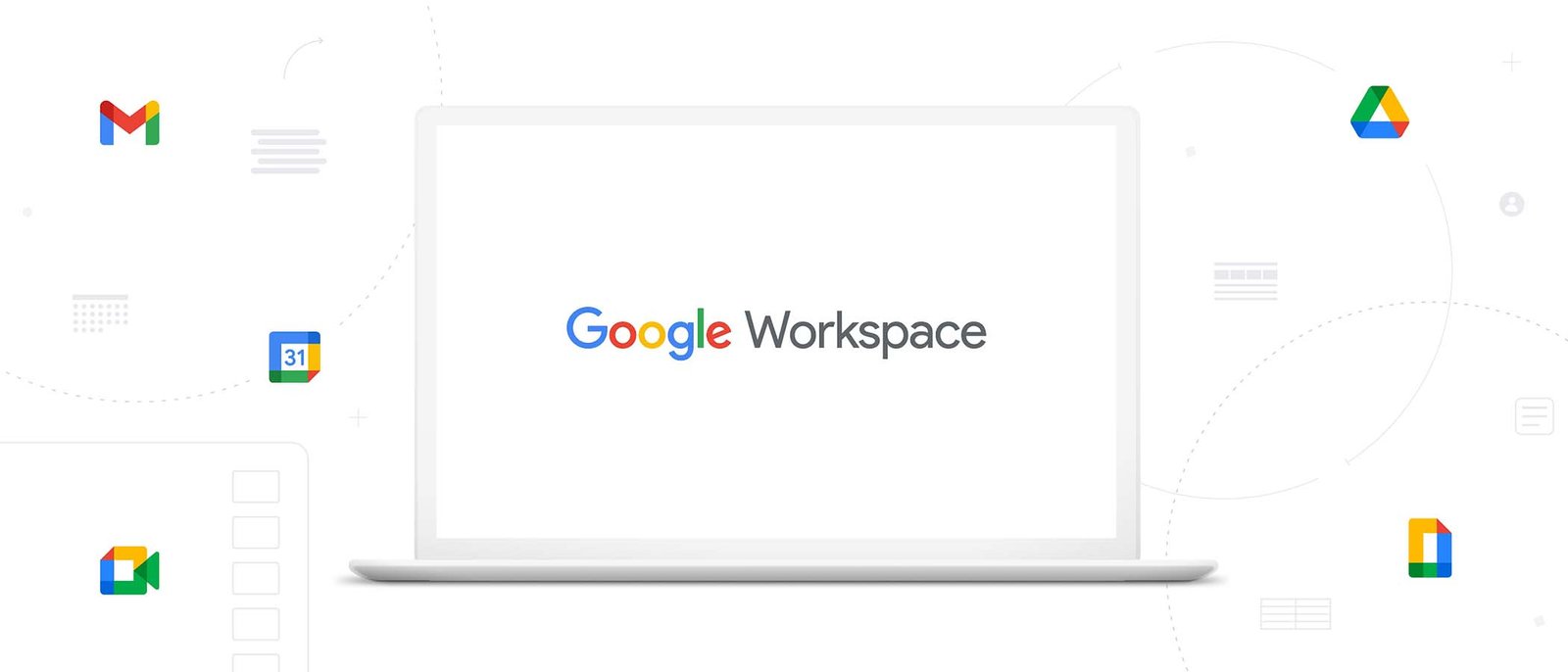Google’s Strategy Shift: Introducing Paid Features for Google Workspace
In a surprising move, Google has announced plans to implement charges for certain features within its renowned Google Workspace suite. This decision comes as part of Google’s strategy to diversify revenue streams and enhance the value proposition for its enterprise customers. While the move may raise eyebrows among some users accustomed to accessing these features for free, Google asserts that the decision aligns with its commitment to innovation and sustainability.
So, what exactly are these features that Google is planning to monetize, and how will this shift impact users?
The Evolution of Google Workspace
Google Workspace, formerly known as G Suite, has long been celebrated for its robust suite of productivity tools, including Gmail, Google Drive, Google Docs, Sheets, and Slides, among others. Over the years, Google has continuously expanded and refined the capabilities of Workspace, making it a cornerstone of collaboration and communication for businesses, educational institutions, and individuals alike.
Introducing Paid Features
Google’s decision to introduce paid features marks a significant departure from its traditional model of offering most services for free, supported by advertising revenue. While core functionalities will remain accessible without charge, certain advanced features and capabilities will now require a subscription.
Among the features slated for monetization are advanced administrative controls, enhanced security measures, and premium customer support options. Additionally, Google plans to introduce new tools and functionalities tailored specifically for enterprise users, providing them with greater customization and control over their Workspace experience.

Emphasizing Value and Innovation
Google emphasizes that the introduction of paid features is not merely a revenue-driven decision but rather a strategic effort to deliver greater value to its users. By monetizing select features, Google aims to invest more resources into research and development, accelerating the pace of innovation within the Workspace ecosystem.
Moreover, the shift towards a subscription-based model enables Google to offer more personalized and tailored solutions to meet the diverse needs of its user base. This includes specialized features for industries such as healthcare, finance, and education, where security and compliance requirements are particularly stringent.
Navigating the Transition
For existing Google Workspace users, the transition to a paid model may require careful consideration and planning. While core functionalities will remain free, businesses and organizations relying heavily on advanced features may need to reassess their usage patterns and budget accordingly.
To facilitate a smooth transition, Google plans to roll out detailed pricing plans and subscription options in the coming months, providing users with ample time to evaluate their needs and make informed decisions. Additionally, Google pledges to offer robust support and resources to assist users in maximizing the value of their Workspace subscriptions.
Conclusion
Google’s decision to introduce paid features within Google Workspace represents a bold step towards diversifying its revenue streams and delivering enhanced value to users. While the transition may necessitate adjustments for some users, the promise of continued innovation and personalized solutions bodes well for the future of Workspace as a premier productivity platform.
As Google continues to refine its offerings and expand its suite of tools and services, one thing remains certain: the evolution of Google Workspace is poised to shape the future of collaboration and productivity in the digital age.











